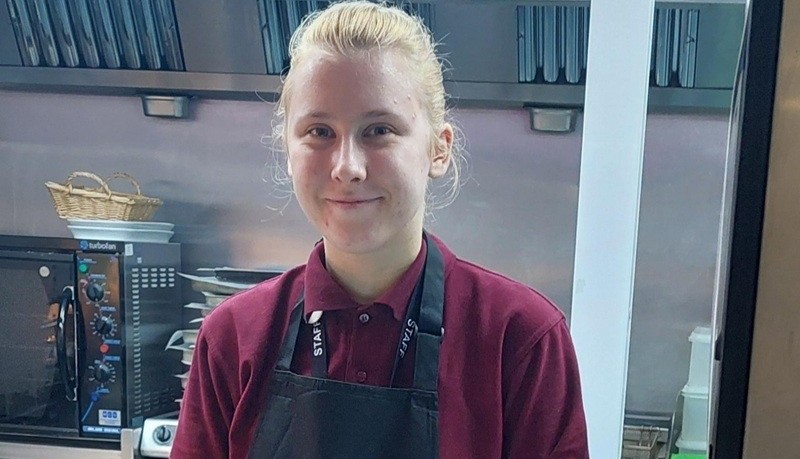Blog: Gypsy, Roma and Traveller History Month
Posted: May 31, 2022

This month is Gypsy, Roma, and Traveller History Month (GRTHM). Established in Britain in 2008, GRTHM month raises awareness and explores the history of travelling communities.
The month aims to tackle the negative stigma and prejudices these communities have faced for centuries. It seeks to educate those about their contribution to society and how we can support them and help them feel included in our society.
What are the differences between Gypsy, Roma and Traveller?
There are many differences between Gypsy, Roma and Travellers. Although they are nomadic groups, their communities follow entirely different cultural values.
Romany Gypsies travelled west from Europe around the 10th and 12th centuries during the Roma migration from India. Romany is the word that Gypsy people in England and Wales apply to themselves, hence the term ‘Romany Gypsy’.
The word ‘Roma’ is used as a term for European ‘Gypsies’. Over the past 50 years, there has been an increase in Roma people in the UK.
Irish Travellers are said to have migrated to England in the early 19th century. They mainly came to England after the Great Famine in the 1850s and then after World War II.
This year, the theme for Gypsy, Roma and Traveller History Month is ‘What Makes a Home?’.
Gypsy, Roma and Travellers are known for their nomadic lifestyle, however, some families have lived in houses for generations but maintain their cultural identity and travel seasonally.
There are many reasons families move into housing. It can often be difficult to access vital services such as healthcare, dental care, education and employment, especially those that require addresses.
Some may feel that the move into housing is due to a shortage of available sites for vehicles and stopping places. The government has recently implemented new laws which make the Gypsy, Roma and Traveller nomadic lifestyle more difficult. People are now at risk of having their vehicle (home) confiscated and facing fines and imprisonment.
According to Leeds GATE there are 80 families living on the roadside in West Yorkshire but there are only five dedicated sites for Gyspy, Roma and Travellers to live on, which highlights the few places for the community to settle.
Not only does this affect their way of life, but also affects their mental health with suicide rates being 11% of all deaths in the Irish Traveller community according to the All Ireland Traveller Health Study.
Their life expectancy from the latest data shows they live around 10 years less than that of the non-Traveller population according to the Equality and Human Rights Commission.
A helping hand
Leeds GATE is an organisation led by Gypsy and Traveller people in partnership with others in and across West Yorkshire. They are a resource centre that supports Gypsy and Travellers living in Leeds and passing through.
Leeds GATE will be celebrating GRTHM with a range of events and activities for members of the community. Take a look here.
Resources
Here are some resources below to learn more about the Gypsy, Roma and Traveller communities.
Learn more about the history of Gypsies, Roma and Travellers with this animation.
Tackling inequalities faced by Gypsy, Roma and Traveller communities. This is a House of Commons Committee report with recommendations to the Government.
Latest News
See all news stories
All systems go for Morley’s new Learning and Skills Centre
Posted: 26 November 2025
Morley residents can look forward to using a new learning and skills centre next year, with work on creating the fac...

From student to staff member – Lita’s recipe for success
Posted: 25 November 2025
One of our award-winning students is relishing the chance to pursue a catering career with the college.

Empowering women through the UniteHer programme
Posted: 19 November 2025
We're playing a key role in a new programme to empower women and girls across Leeds.


Follow us on Social Media